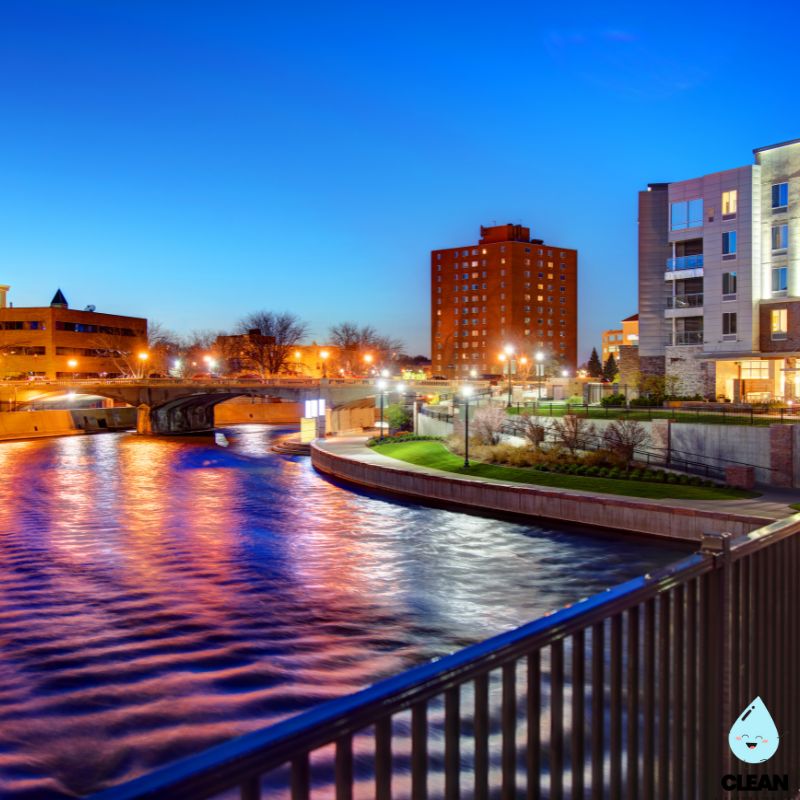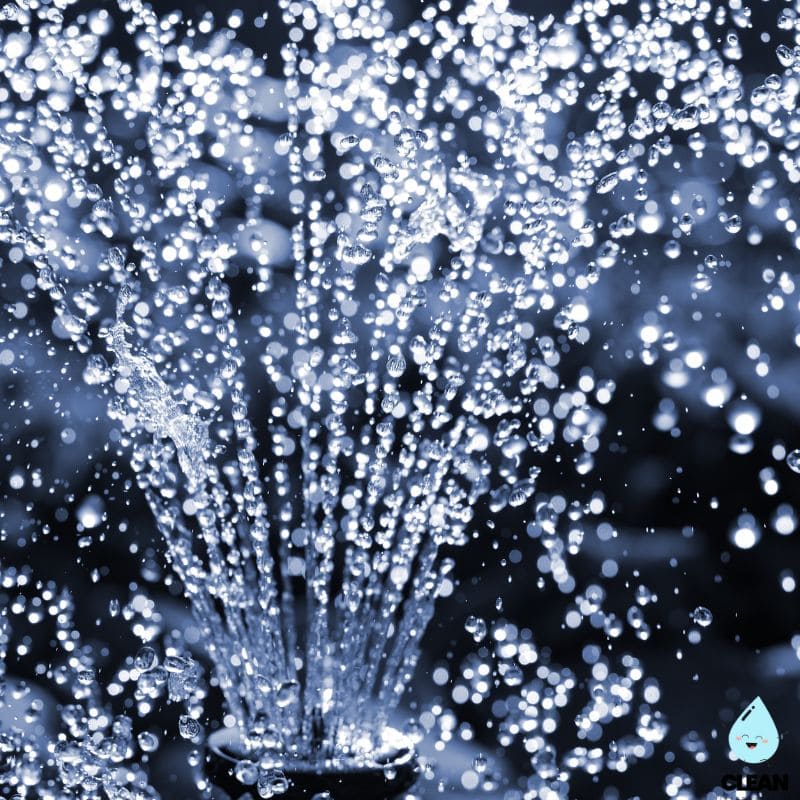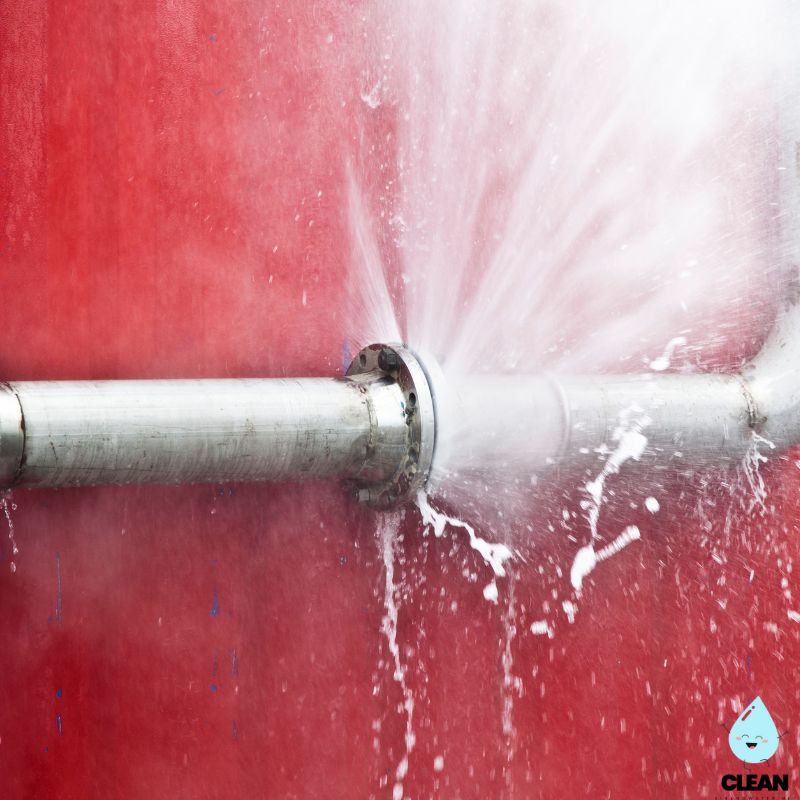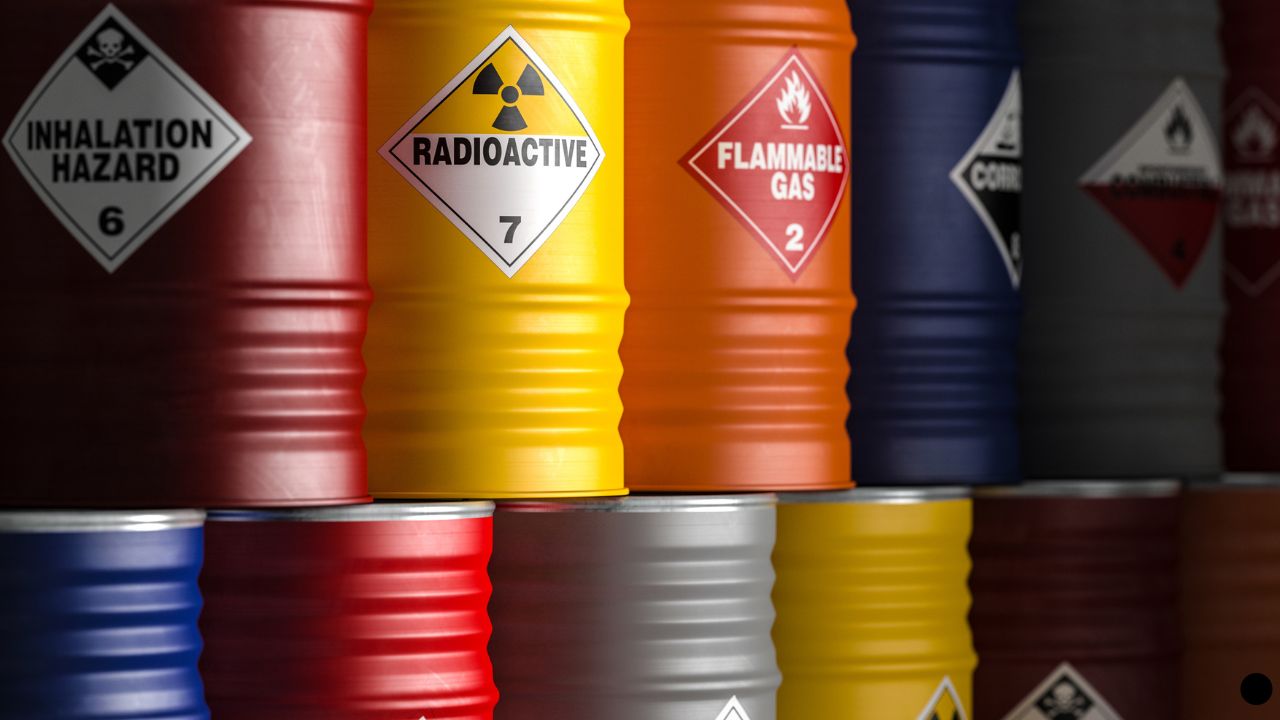Sioux Falls Water Quality at a Glance
multiple contaminants
Is Sioux Falls Water Safe to Drink?
Generally Safe, But Room for Improvement – Sioux Falls water meets federal standards and won best drinking water in South Dakota from the American Water Association. However, the city’s water contains 6 contaminants that exceed health guidelines, including arsenic, chromium-6, haloacetic acids, and trihalomethanes. The city performs over 170,000 tests annually on 250+ substances and proactively suspended 21 wells as a PFAS precaution.
⚠️ Key Areas for Sioux Falls Residents to Monitor
- PFAS Precautions: No PFAS detected in treated water, but 21 wells suspended as precaution; ongoing testing at Falls Park and other sites
- Naturally Occurring Contaminants: Arsenic at 5 ppb (below federal limit but above health guidelines), manganese, and barium detected
- Disinfection Byproducts: Trihalomethanes and haloacetic acids from chlorination process exceed health guidelines but remain below federal limits
- Big Sioux River Concerns: Surface water source has 75% E. coli impairment, though city rarely uses river water for drinking supply
Read the full report below for detailed analysis, city-specific data, and actionable recommendations for Sioux Falls residents.
Sioux Falls – South Dakota – Water Quality Report 2025: PFAS Testing, Infrastructure Concerns & Safety across your city
Sioux Falls Water serves approximately 209,000 residents in South Dakota’s largest city, delivering an average of 23 million gallons of water daily. The municipal utility operates an extensive distribution network spanning nearly every street in the city, supported by the Water Purification Plant with a treatment capacity of 75 million gallons per day following recent filter expansion completed in 2024.
Sioux Falls sources its drinking water from multiple sources including the Big Sioux Aquifer, Middle Skunk Creek Aquifer, limited use of the Big Sioux River, and the Lewis & Clark Regional Water System which draws from aquifers adjacent to the Missouri River. The water treatment process includes softening (reducing hardness by 50%), filtration, fluoridation, and chlorination to eliminate bacteria and viruses. Sioux Falls consistently meets all federal and state drinking water standards and has earned recognition as South Dakota’s best-tasting water multiple times, including first place in 2021 and third place nationally at the American Water Works Association competition in 2022.

Sioux Falls Water Quality: Current Status (2024-2025)
Latest Testing Results
- Comprehensive Testing Program: Sioux Falls performs over 170,000 water quality tests annually on more than 250 different substances, ensuring compliance with all federal and state drinking water safety standards.
- Real-Time Monitoring: Water quality parameters including chlorine, pH, and turbidity (cloudiness) are tested regularly, with fluoride levels monitored daily and results posted to the city’s website.
- Federal Compliance: For the latest quarter assessed by the U.S. EPA (April 2024 – June 2024), Sioux Falls water was in full compliance with federal health-based drinking water standards.
Water Sources
- Big Sioux Aquifer: Primary groundwater source providing the majority of the city’s water supply from wells tapping the glacial outwash aquifer beneath the Big Sioux River flood plain.
- Middle Skunk Creek Aquifer: Secondary groundwater source providing additional supply security and system redundancy for continued service reliability.
- Lewis & Clark Regional Water System: Supplemental water purchased from this tri-state system that draws from aquifers adjacent to the Missouri River near Vermillion, providing additional capacity and system redundancy.
- Big Sioux River: Occasionally used as a supplemental source, though rarely utilized due to the reliability and quality of groundwater sources.
Advanced Treatment Technology
- Water Purification Plant: The main treatment facility utilizes a multi-barrier approach including 50% water softening, comprehensive filtration, fluoridation, and chlorination with a capacity of 75 million gallons per day.
- Filter Expansion Project: Recently completed in 2024, the plant expanded treatment capacity and efficiency to meet growing demand through infrastructure improvements.
- Backwash Water Recycling: Advanced system recycles backwash water, reducing demand on the Big Sioux River and local aquifers while improving environmental sustainability.
Infrastructure Modernization
- Wellfield Development: Ongoing expansion of collector wells along the Big Sioux aquifer, including new high-capacity collector wells designed to provide additional capacity and system redundancy.
- Distribution Network: Comprehensive water main system spanning nearly every street in Sioux Falls, with continuous monitoring and maintenance to ensure reliable delivery throughout the growing metropolitan area.
- Master Planning: Long-term strategic planning addressing water system needs for the next 50-100 years, preparing for continued population growth and infrastructure requirements.
Quality Recognition and Customer Service
Sioux Falls Water has earned multiple awards for water quality and taste, winning first place as South Dakota’s best-tasting water in 2011, 2013, 2014, 2016, 2017, 2018, 2019, and 2021. In 2022, the city achieved third place nationally at the American Water Works Association competition, marking its first national recognition. The utility maintains transparent communication through regular water quality reports and daily monitoring results available on the city website. Customer service is available 24/7 at (605) 367-8131 for billing and service issues. The water division’s commitment to excellence ensures Sioux Falls residents receive not only safe, compliant drinking water but water that consistently ranks among the best-tasting in the region.
Recommendations for Sioux Falls Residents

Monitor Your Water
Stay informed about your water quality by checking the city’s daily water quality monitoring results posted at siouxfalls.gov/water-quality. Contact the Water Division at (605) 367-8131 for any water quality concerns or questions.

Follow Lawn Watering Rules
Adhere to Sioux Falls’ lawn watering program which has three conservation stages based on Big Sioux River levels, aquifer conditions, and daily water demand. Check current watering schedules and restrictions at siouxfalls.gov/water.

Consider Home Filtration
While Sioux Falls water meets all standards and wins taste competitions, homes may benefit from NSF-certified filters for personal preference or to address specific concerns about contaminants that exceed health guidelines, such as arsenic and disinfection byproducts.

Practice Water Conservation
Help preserve water resources by following conservation practices, especially during peak demand periods. Simple measures like fixing leaks and efficient irrigation help maintain system reliability for the growing population of over 209,000 residents.

Report Issues Promptly
Contact Sioux Falls Utilities at (605) 367-8131 for any water service issues, billing questions, or to report water main breaks. The Water Division provides 24/7 customer service for urgent water system concerns.
Frequently Asked Questions
Is Sioux Falls tap water safe to drink?
Yes, Sioux Falls tap water is safe to drink and meets all federal and state drinking water safety standards. The city performs over 170,000 water quality tests annually on more than 250 different substances to ensure safety and compliance.
However, third-party analysis has identified 6 contaminants that exceed health guidelines, including arsenic, chromium-6, nitrates, and disinfection byproducts. While legally compliant, some residents may choose filtration systems for additional peace of mind. Sioux Falls water has earned recognition as South Dakota’s best-tasting water multiple times and placed third nationally in 2022, demonstrating both safety and exceptional quality.
Why is my water hard, and what can I do about it?
Sioux Falls water comes from groundwater aquifers that naturally contain dissolved minerals, making the water moderately hard with total hardness averaging 270 ppm (16 grains per gallon). The water treatment process reduces hardness by 50%, but some mineral content remains.
Hard water can cause scale buildup on fixtures and appliances and may affect soap performance. While the city softens water during treatment, many residents choose to install home water softening systems for additional hardness reduction. Contact local water treatment professionals for home softening options, or call (605) 367-8131 for more information about the city’s water hardness levels and treatment process.
Where does Sioux Falls get its water?
Sioux Falls sources water from multiple reliable sources to ensure consistent supply:
• Big Sioux Aquifer: The primary source, drawing from groundwater wells that tap into the glacial aquifer beneath the Big Sioux River valley
• Middle Skunk Creek Aquifer: Secondary groundwater source providing additional system reliability
• Lewis & Clark Regional Water System: Supplemental water purchased from this tri-state system that draws from aquifers near the Missouri River, providing additional capacity and system redundancy
• Big Sioux River: Occasionally used as a supplemental source, though rarely utilized due to excellent groundwater quality
This diversified approach ensures water security and system redundancy for the growing metropolitan area.
Are there current lawn watering restrictions?
Sioux Falls operates a lawn watering program with three conservation stages that adjust based on several factors:
Program Factors:
• Water availability in the Big Sioux River and Big Sioux Aquifer
• Daily water demand (averaging 23 million gallons per day)
• Lewis & Clark Regional Water System availability
Current Status:
The specific stage and restrictions change seasonally and based on water system conditions. Check the current lawn watering schedule and any active restrictions by visiting siouxfalls.gov/water or calling (605) 367-8131. The city provides updated watering schedules and conservation guidelines to help residents use water efficiently while maintaining healthy lawns and gardens.
Quality News About Your Water
Get the comprehensive water quality news coverage you need with our dedicated US Water News Service. From coast to coast, we deliver in-depth reporting and expert analysis on PFAS contamination, EPA regulatory changes, infrastructure developments, and emerging water safety issues affecting communities nationwide. While mainstream media only covers the biggest stories, we provide the detailed, ongoing coverage that helps you understand the full scope of America’s water challenges. Whether you’re a concerned citizen, water professional, or community leader, our daily updates and analytical insights keep you informed about the issues that matter most to public health and environmental safety.
Contaminants of Concern

Arsenic
Source: Occurs naturally in soil and bedrock in parts of South Dakota and can also result from historical commercial activities like orchard spraying and coal ash disposal
Health Effects: Arsenic is a potent carcinogen that has been linked to skin, lung, bladder, kidney, and liver cancer with long-term exposure to elevated levels
Current Status: Detected at 0.005 ppm in Sioux Falls water, which is below the EPA maximum contaminant level but above health guidelines EPA Limit: 10 ppb (0.010 ppm) maximum contaminant level

PFAS Compounds
Source: Per- and polyfluoroalkyl substances from firefighting foams used at Sioux Falls Regional Airport and Air National Guard base, as well as industrial processes and consumer products
Health Effects: Research suggests potential impacts on immune system, thyroid function, cholesterol levels, and possible links to certain cancers
Current Status: Sioux Falls suspended 21 wells suspected of PFAS contamination in 2016; all raw water samples are now tested monthly for PFAS with current levels below detection limits (<2 ppt) EPA Limits: New federal regulations for specific PFAS compounds were finalized in 2024
Please read – our information
The information presented on cleanairandwater.net is compiled from official water quality reports, trusted news sources, government websites, and public health resources. While we strive for accuracy and thoroughness in our presentations, we are not scientists, engineers, or qualified water quality professionals.
Our mission is to present water quality information in an accessible, real-world format that helps people understand what’s in their water and make informed decisions about their health and safety. We believe that complex environmental information should be available to everyone in a format that’s easy to understand.
We make every effort to ensure our content is current and accurate, but we cannot guarantee that all information is complete or error-free. This website should not replace official communications from your local water utility or health department. We always recommend consulting official sources for the most up-to-date information regarding your specific water system.
Clean Air and Water is not liable for any unintentional errors, omissions, or outdated information. The content on this site is provided for informational purposes only and should not be considered professional advice.


